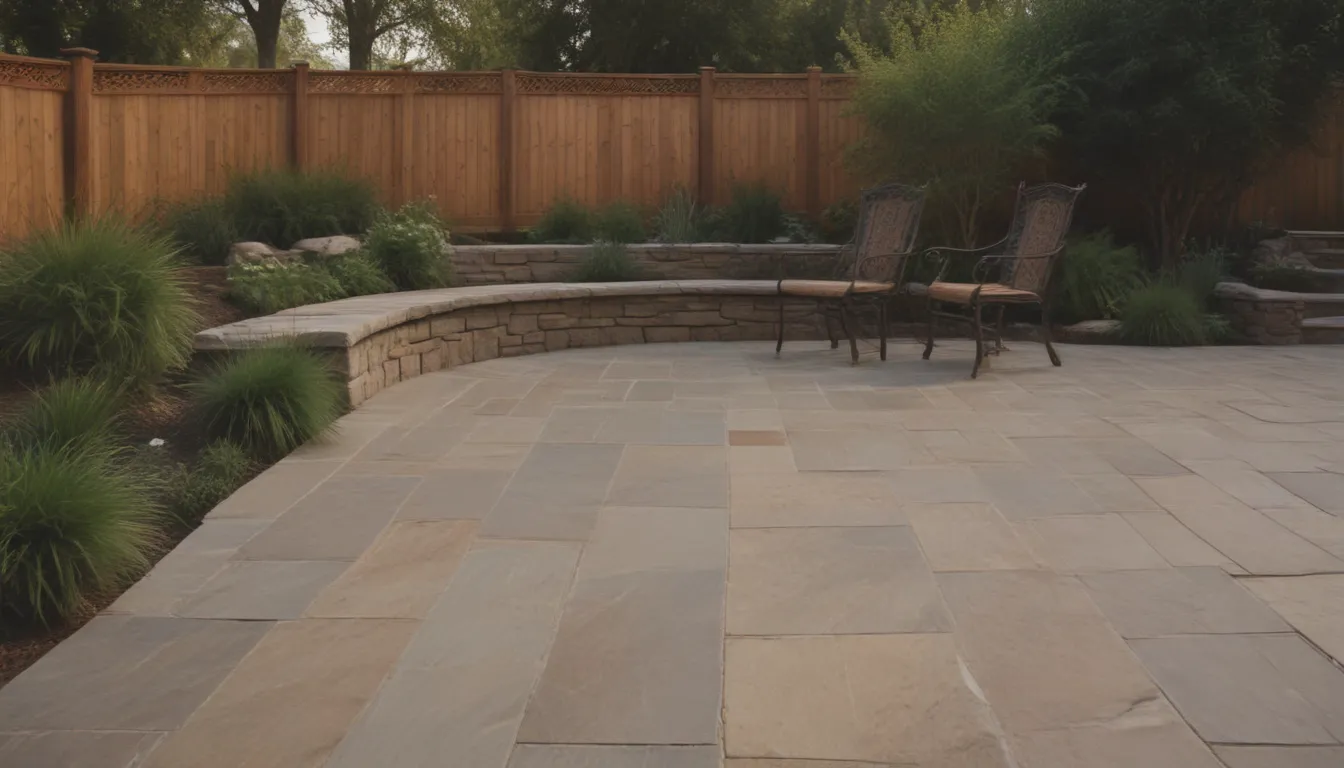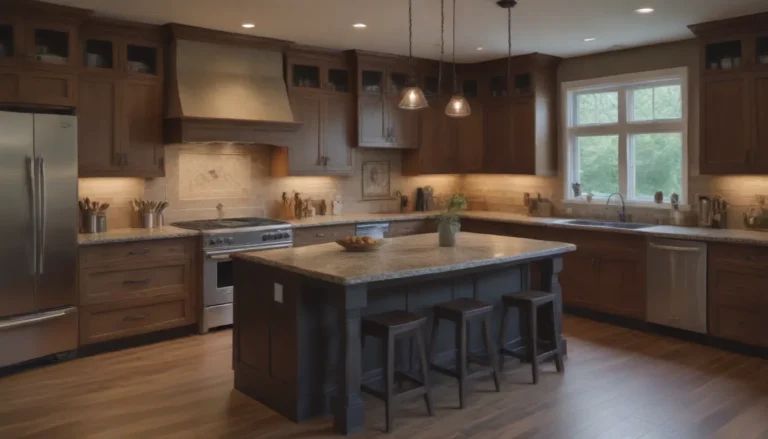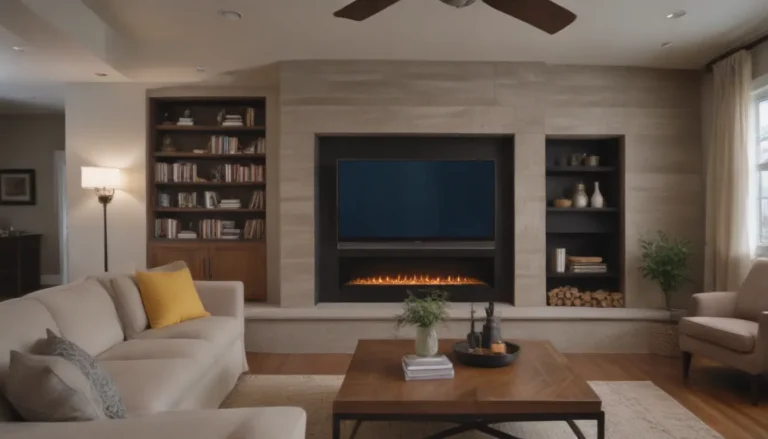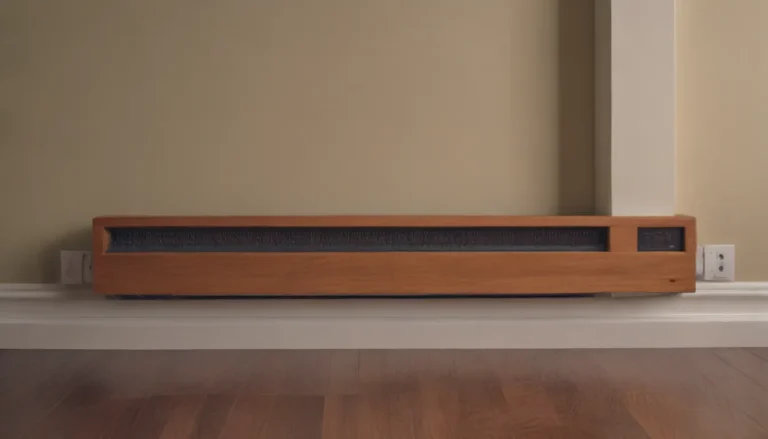Ultimate Guide to Flagstone Patios, Walkways, and Walls

Are you looking to add a touch of elegance and durability to your landscape? Flagstone might just be the perfect choice for you. This versatile stone can bring a natural hardscape element to your outdoor space, whether you’re considering a patio, walkway, or even a wall. But before you jump in, let’s dive deeper into the world of flagstone to understand its characteristics, applications, cost, and more.
What Is Flagstone?
Flagstone is a sedimentary stone that is sliced into different pieces and layers. This versatile material comes in various types of rock, including sandstone, bluestone, slate, quartzite, and limestone. Each type of flagstone offers unique qualities that can complement your landscape design.
Flagstone Characteristics
Flagstones are large, flat slabs of stone milled in thicknesses of 1 to 3 inches. The sedimentary nature of flagstone, often made of sandstone, makes it a durable option for outdoor use. Available in colors like red, blue, and brownish-yellow, flagstone adds a natural touch to any outdoor space. Remember, each flagstone is unique, as it is a product of nature, creating a one-of-a-kind look for your landscape.
Tip: When landscaping with flagstone, consider complementing it with other decorative stone types, such as natural boulders, cut stone, cobblestones, veneer stone, and crushed or rounded gravel. This mix of materials can add texture and visual interest to your outdoor space.
Installing Flagstone
Before installing flagstone, consider the thickness of the stones. For stepping stones or patio flooring, choose flagstones that are at least 1-1/2 inches thick. Thicker flagstones can be laid directly on soil or a sand bed, while thinner slabs should be set in wet mortar or concrete to prevent cracking underfoot.
The spaces between irregularly shaped flagstones can be filled with materials like pea gravel, polymeric sand, or ground cover plants for a cohesive look. If you prefer a tighter fitting design, using mortar to fill in the seams can create a smoother, even surface ideal for patios.
Pro Tip: To prevent weeds from growing between flagstones, consider using mortaring for a more maintenance-free outdoor space.
Flagstone Applications
Flagstone can be used in various applications, from creating uniform shapes for structured designs to arranging random, irregular pieces for a more natural look. Its roughened surface texture provides excellent traction, making it a safe choice for outdoor flooring, especially in wet conditions.
Flagstone Patios
Whether separated by ground cover or gravel, flagstones can create a beautiful patio space in your backyard. When choosing furniture for your flagstone patio, opt for flat, even pieces that won’t wobble on uneven surfaces.
Flagstone Walkways
Flagstone walkways not only guide visitors safely but also enhance the curb appeal of your home. Consider the needs of all users when designing a walkway, ensuring a smooth and even surface for those with mobility issues. Check local building codes for accessibility requirements if necessary.
Flagstone Walls
Stacked flagstone can create natural-looking low walls that blend seamlessly into your landscape. Available in a range of colors, from white sandstone to black slate, flagstone walls can be dry-stacked or mortared for added strength and durability.
Pro Tip: Incorporate flagstone walls as functional elements like retaining walls or decorative features to enhance the aesthetics of your outdoor space.
Cost of Flagstone
Understanding the cost of flagstone is essential when planning your outdoor project. Home centers and nurseries offer flagstone for DIY installation, with prices ranging from $750 to $850 for thirty square feet. If you prefer professional installation, expect to pay between $15 to $27 per square foot, including materials and labor.
Before making a purchase, visit a local stone yard to see the options available and choose the best stone for your project. Local sources ensure a better blend with your environment and a consistent supply for future hardscaping projects.
Pro Tip: While flagstone offers durability and natural beauty, keep in mind that maintenance and installation costs may be higher compared to other materials like poured concrete.
Choosing the Right Flagstones
When selecting flagstones for your project, consider factors like color, size, and texture that best suit your landscape design. Remember, flagstones are large and heavy, making installation challenging but rewarding in the long run. While flagstones require moderate maintenance, proper care can extend their lifespan and preserve their natural beauty.
In conclusion, flagstone is an excellent choice for homeowners looking to enhance their outdoor spaces with a touch of elegance and durability. From patios to walkways and walls, flagstone offers versatility, durability, and timeless appeal that can transform your landscape into a work of art.
So, are you ready to incorporate flagstone into your outdoor oasis? Start planning your project today and create a stunning outdoor retreat that you can enjoy for years to come!





